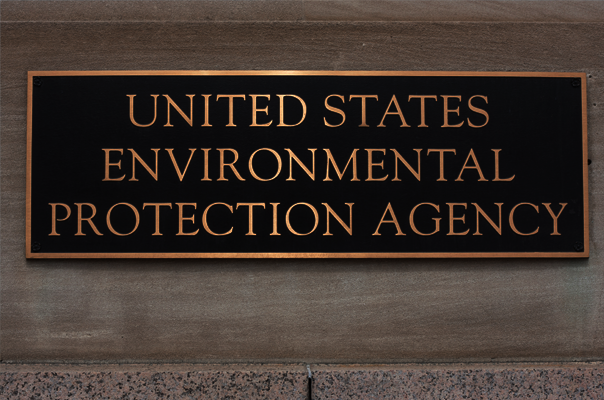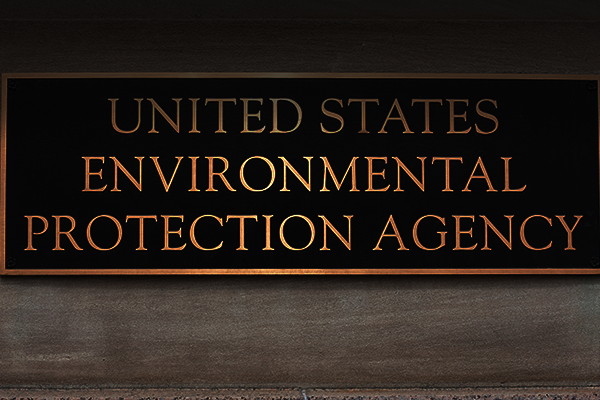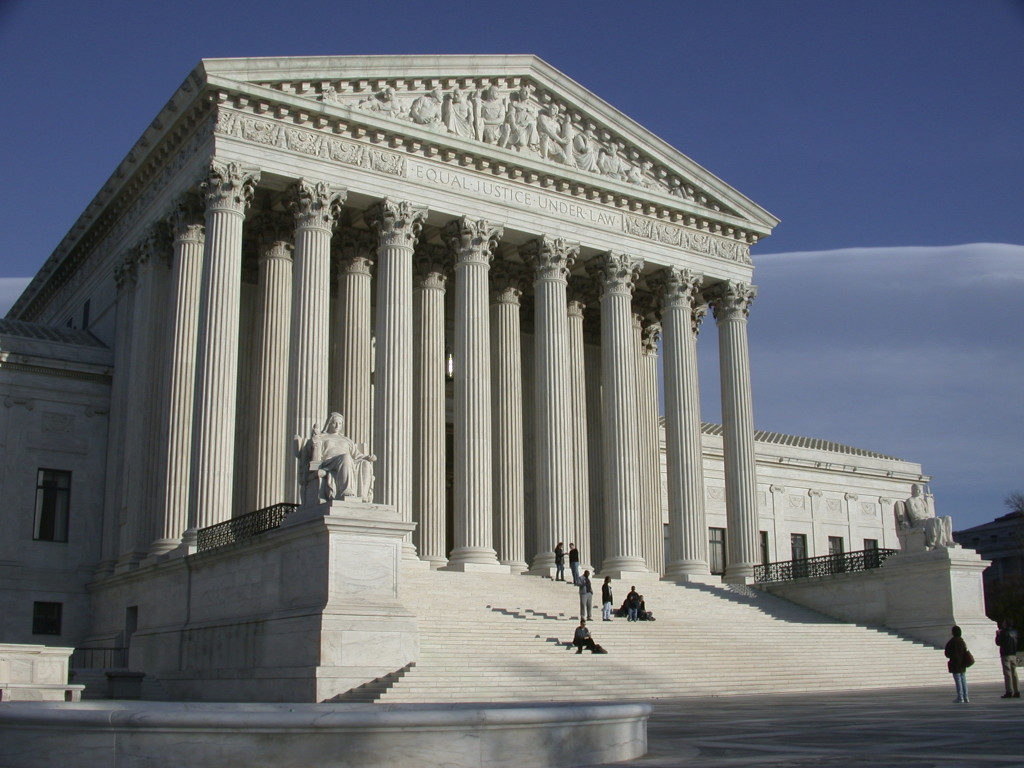10 Fatal Flaws in EPA’s Dubious Health Claims

The Environmental Protection Agency claims its proposed climate rule will drastically improve public health and save lives, but that claim is questionable. EPA has a track record of overestimating and double counting benefits, cherry picking data, misrepresenting studies, and ignoring the negative health impacts associated with poverty. Here are 10 ways the Obama administration is exploiting dubious research to push radical climate change policies.
- Latest science casts doubt on EPA’s health claims: While EPA claims the point of its rule is to reduce carbon dioxide related to climate change, EPA can’t actually point to any real, tangible climate impacts. Instead, EPA relies on particulate matter reductions to form the basis of its benefits. However, new research casts doubt on EPA’s central claim that the climate rule is necessary because it improves public health. A new, peer-reviewed study from researchers at Indiana University “analyzed nine air pollution regulations issued by U.S. EPA between 2011 and 2013 and found that the number of lives saved ranged from zero to 80,000. The wide range was driven largely by uncertainties over the effects of exposures to fine particulate matter, according to the study.” EPA’s dubious health claims show that the climate rule is not about health, but about advancing a political agenda designed to undermine affordable energy.
- EPA ignores the premature deaths it causes: EPA’s cost-benefit analysis is fatally flawed. While it likely inflates the health benefits from particulate matter, it ignores its own analysis on the relationship between income and health. In the past, EPA has admitted a positive correlation between “people’s wealth and health status, as measures by mortality, morbidity, and other metrics.” Yet the agency made no effort to quantify the wealth-health correlation in its rule, likely because EPA wouldn’t look good. As the Energy & Environment Legal Institute explains in a public comment to EPA on its ozone rule, the Office of Management and Budget recommends using a “federal estimate of one premature death for every $8.5 million ($US 2006) in reduction of disposable income.” Using a study conducted by NERA Economic Consulting, which estimates GDP losses of $366 billion, we estimate that EPA’s climate rule could result in more than 32,000 premature deaths. EPA cannot ignore these health costs.
- EPA’s rule harms public health: By raising energy prices, EPA’s rule will reduce the amount of income Americans, especially poor families, can spend on health and nutrition. About 9.2 million families have annual pretax incomes of less than $10,000. For those millions of families, 32 percent went without food for at least one day; 42 percent went without medical or dental care; and 38 percent did not fill a prescription or took less than the full dose, according to a report from the National Energy Assistance Directors’ Association. EPA’s rule will cause double-digit electricity rate hikes for residents of 43 states, forcing the poorest among us to make even more tradeoffs between basic necessities like food and medicine.
- The rule harms minorities it claims to help: Gina McCarthy has called EPA’s climate rule a “justice issue” for minorities. However, the health impacts of the rule will be especially severe for minority families, who tend to be poorer than White families. A new study by the National Black Chamber of Commerce found that the rule would increase poverty for Blacks and Hispanics by 23 and 26 percent, respectively, “thereby endangering health and safety while creating additional barriers to meaningful low-income participation in the economy.” By making poverty worse for those who can least afford it, EPA’s climate rule will make poor people sicker.
- The rule could exacerbate childhood asthma: President Obama and EPA claim that the climate rule will reduce the “development of asthma” in children. He even uses his daughter’s asthma to advance his political agenda. However, a Johns Hopkins study that examined data for 23,065 children across the country found that poverty was more closely linked to asthma development in children than it was to living in inner cities. The authors found that inner city living, where outdoor air pollution tends to be worse, was “not significant” in asthma development—instead, what matters is poverty. The problem is that this regulation will drive up energy prices, making it difficult to escape poverty and the bad health impacts of poverty.
- EPA misinterprets and cherry picks studies: EPA has a history of using dubious studies to justify air regulations. For example, Dr. William Adams at the University of California – Davis said EPA “misinterpreted the statistics contained in my published, peer-reviewed report” and “reanalyzed” his findings to justify a stricter regulation for ground-level ozone. As Dr. Julie Goodman at Harvard’s School of Public Health and Dr. Sonja Sax have explained, EPA has reviewed hundreds of studies on ozone but has not done so in “systematic fashion, by considering study strengths and limitations in a consistent manner from study to study.” This, they say, could lead EPA to “cherry picking of studies.” They conclude that “EPA assumes that ozone causes more health effects than what the science supports.” Given EPA’s dubious science on ozone, the public should be suspicious of EPA’s health claims related to its climate rule.
- EPA double counts benefits: Since the alleged climate benefits of EPA’s climate rule are either inflated or nonexistent, EPA is leaning on “co-benefits” of reducing pollutants, notably particulate matter. Yet EPA admits it may be double counting health co-benefits already attributed to other EPA rules: “…it is possible that some costs and benefits estimated in this RIA may account for the same air quality improvements as estimated in the illustrative NAAQS RIAs.” Benefits EPA already claims in previous rules can’t be used again to justify the climate rule.
- EPA ignores health impacts of job losses: The climate rule will raise electricity prices and destroy jobs. In its cost-benefit analysis, EPA does not consider the negative health outcomes associated with job losses—exactly the threat posed by higher electricity prices. A recent study found the odds of self-reporting a new health condition increase by 83 percent after losing a job due to your employer going out of business. The authors concluded these and other data “suggests that there are true health costs to job loss.” EPA ignores these health costs.
- EPA overestimates climate benefits: The climate rule is supposed to reduce greenhouse gas emissions associated with climate change. Yet even by EPA’s own admission, the rule has no impact on climate change. According to EPA’s own model, the rule will only limit global warming by 0.02 degrees Celsius and slow sea-level rise by just 0.01 inch by the year 2100. Moreover, a Brookings paper found that EPA is overestimating climate benefits by a factor of 15. A more traditional cost-benefit analysis would estimate climate benefits of only $2 billion to $7 billion – less than the estimated compliance cost of the rule. Since EPA can’t point to any tangible climate benefits—sea levels or temperatures—the agency calculates its climate benefits using the “social cost of carbon,” an arbitrary metric that many economists criticize for having little basis in reality.
- America’s air quality is excellent: Since the EPA can’t point to any tangible climate impacts of its climate rule, the agency derives most of its benefits from reducing air pollutants such as particulate matter and ozone. EPA, however, already regulates these pollutants through other parts of the Clean Air Act. Furthermore, these pollutants are already declining without the climate rule. Air quality in the United States has greatly improved in recent decades: the six criteria pollutants have declined 62 percent since 1980, according to EPA data. Our air is cleaner than it’s been in generations, and cleaner than Europe’s air despite the fact that EU countries impose cap-and-trade and other controls the EPA wants to replicate here. In fact, according to EJ Calabrese at the University of Massachusetts, we may have already reached the diminishing marginal return on health benefits for reducing PM and ozone levels.
EPA’s climate rule will impose enormous economic costs for dubious health benefits. The public should not trust EPA’s health claims, as the agency has a long history of manipulating science, inflating benefits, and ignoring costs to advance its agenda. As a result, EPA should rescind its proposed climate rule.




